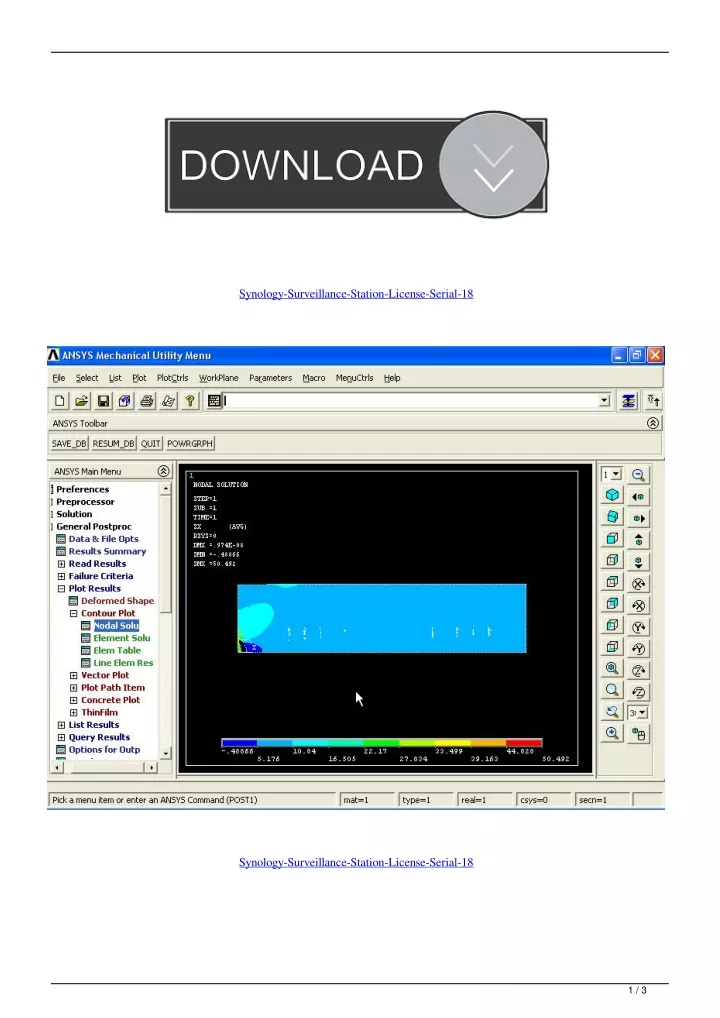

add the backup user to the administrators group.Let’s assume you want to allow a remote server to authenticate with the user backup : Now that public key authentification is enabled, you need to exchange keys for each host and user that need to be able to automatically authenticate. if you added your user to the administrators group at the beginning of this procedure, you can now remove it form the group (except if this is the same user you want to add keys to, keep reading).restart the SSH service, either using synoservicectl -restart sshd or by disabling and re-enabling the SSH service in Control panel > Terminal &SNMP.ssh/authorized_keys (make sure not to change anything else, otherwise you could lock yourself out of SSH) uncomment the lines PubkeyAuthentication yes and AuthorizedKeysFile.edit the SSH service config : vim /etc/ssh/sshd_config.log into the NAS via SSH : ssh in a Linux terminal or use Putty on Windows.set up a user account if you don’t already have one (mine will be called foaly) and temporarily add it to the administrators group using Control panel > User > foaly > Edit > User groups).make sure the SSH service is enabled in Control panel > Terminal & SNMP > Enable SSH service.


Public key authentification is disabled by default, you will need to enable it : However, even non- administrators can use the rsync service. Only members of the administrators group are allowed to connect by SSH.By default, root is not allowed to connect, you need to connect with another user and use sudo su (type the password of the user you are connected with, not the root password).One thing I have struggled with, though, has been setting up public key authentification in order to allow automated scripts to push backups to the NAS via rsync. The DSM web interface is both powerful and easy to use and is constantly improving.


 0 kommentar(er)
0 kommentar(er)
